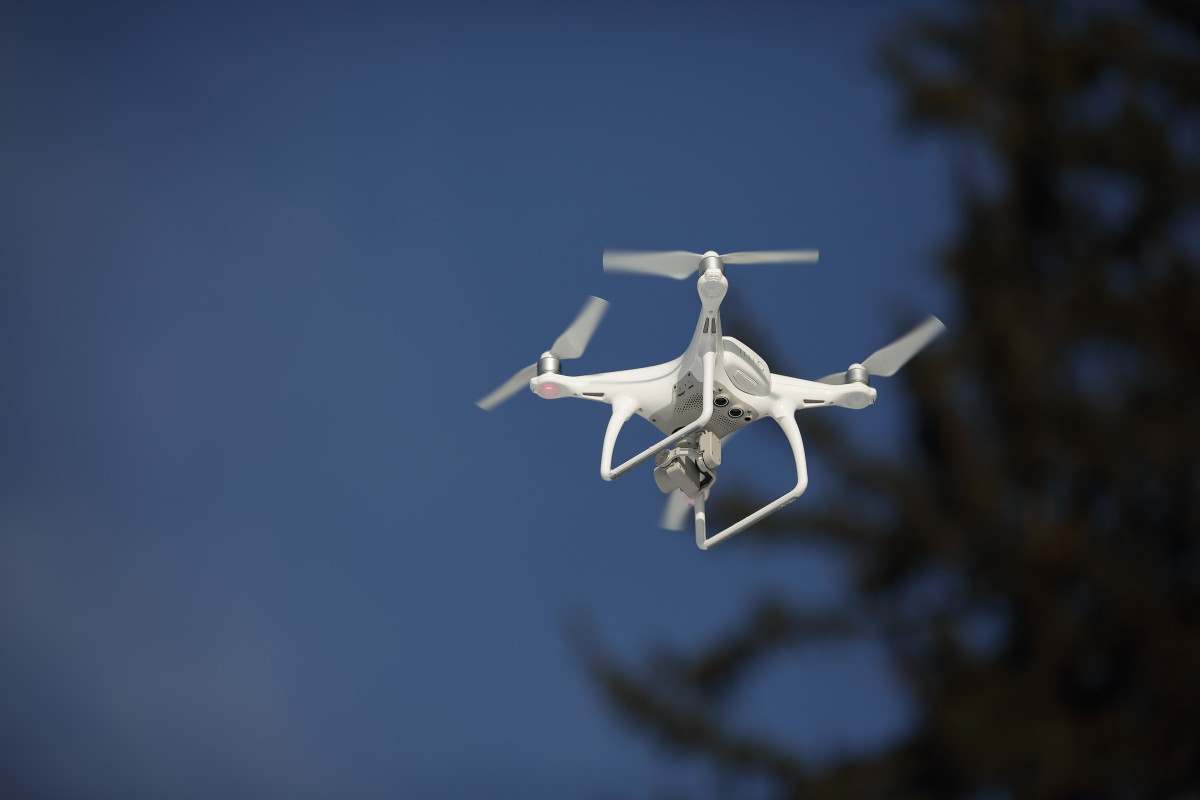The rapid development and deployment of military drones have transformed modern warfare, providing countries with the means to execute accurate and efficient strikes. Among these advancements are complementary technologies such as artificial intelligence (AI) and cyber warfare, which play a significant role in bolstering the effectiveness of drone technology. Here is a deep dive on how AI is propelling the capabilities of military drones, while shedding light on the importance of cyber warfare alongside tactical drones in shaping European defense strategies.
Artificial Intelligence: A Modern Force Multiplier for Military Drones
Artificial intelligence is revolutionizing the way military forces conduct operations around the world, and its integration into military drone technology significantly enhances their capabilities to gather intelligence, strike targets, and make decisions swiftly and decisively. In this context, AI serves as a force multiplier, increasing the effectiveness of various aspects of military drones.
With AI algorithms processing vast amounts of data from numerous sources, military drones gain improved surveillance and situational awareness abilities. By analyzing footage captured by multiple angles through sensors or cameras, AI can identify objects and people with greater precision, discern patterns and movements, and predict future behavior. One core function of military drones is to detect, recognize, and track potential targets. Through the incorporation of machine learning algorithms, these drones can swiftly recognize and classify targets based on predefined parameters.
The development of drone swarming tactics is another area where AI plays a pivotal role. Swarming drones autonomously collaborate, coordinate, and adapt to environmental changes during operations, complementing one another ability. Tactical drones, particularly those used in swarming, benefit from integrated AI algorithms that ensure effective communication and task allocation among the drones, allowing them to maintain formation and execute complex tasks without human intervention.
Cyber Warfare: The Integration of Cyber Capabilities Into Military Drone Operations
As technology continues to permeate every aspect of military strategy, cyber warfare has emerged as an essential component of modern defense frameworks, particularly in European countries. Cyber warfare enables nations to manifest power within cyberspace, either through offensive or defensive means. Incorporating offensive cyber capabilities into military drone strategies provides numerous advantages while reducing the risks faced by military personnel. Malware attacks and hacking activities can cripple enemy systems, create confusion, and even interfere with communications, allowing drones to execute precise strikes against adversaries.
On the defensive front, ensuring security and resilience of communication channels between drones and control stations remains paramount. Cybersecurity measures, such as advanced encryption techniques, are employed to safeguard sensitive data from possible interception or tampering by enemy forces. The sharing of intelligence and communication between military drones and other assets can be significantly bolstered through the use of advanced cyber capabilities. Establishing secure and complex networks, as well as implementing machine learning algorithms for effective information analysis and dissemination, benefits both individual missions and overarching strategic objectives.
Challenges and Concerns Regarding AI Integration and Cyber Warfare in European Defense Strategies
While these complementary technologies generate significant tactical advantages, they present certain challenges and concerns that must be addressed. Just as assailants employ cyber warfare tactics, adversaries can launch similar strategies aimed at disrupting the operations of military drones. As a result, the European defense community needs to invest in developing more robust cybersecurity measures and remain vigilant to ward off escalating digital threats.


























